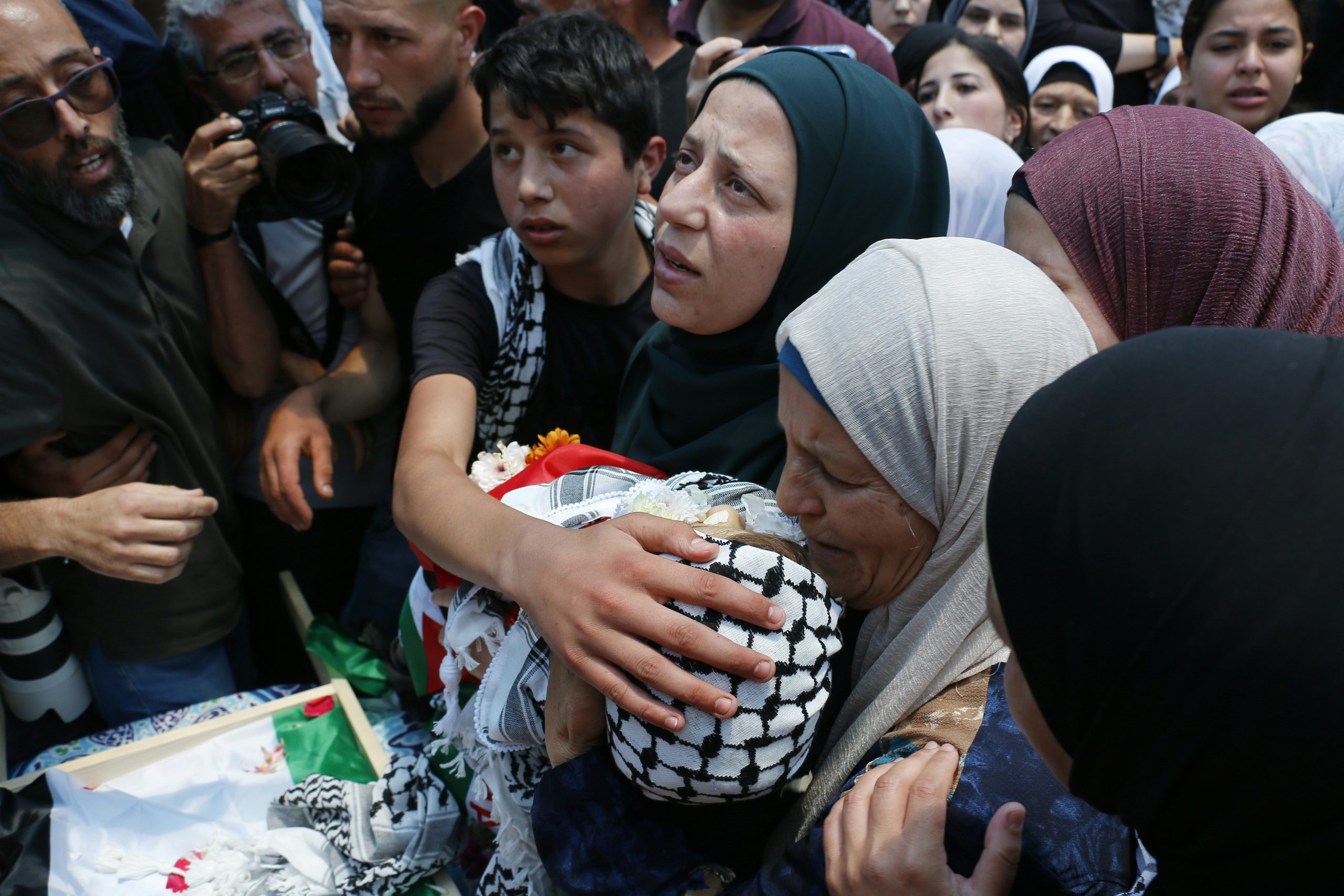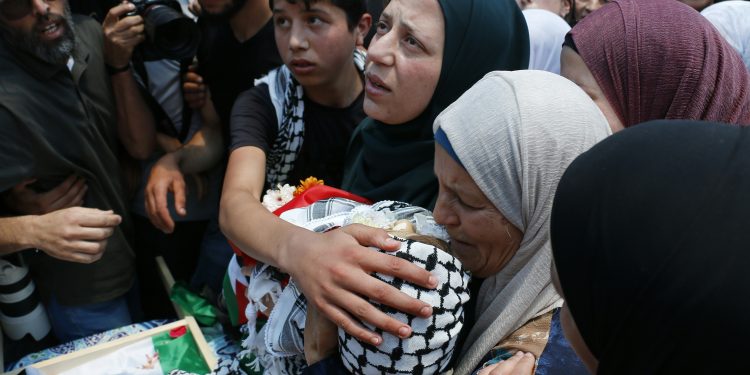Hamas has formally accepted a proposed 60-day ceasefire agreement with Israel that includes the release of approximately half the remaining hostages in Gaza in exchange for Palestinian prisoners, according to Egyptian officials.
Senior Hamas official Basem Naim confirmed the group’s approval on social media, while Israeli Prime Minister Benjamin Netanyahu acknowledged the reports but stopped short of confirming acceptance. The deal, mediated by Egypt and Qatar with U.S. backing, mirrors terms previously proposed by American envoy Steve Witkoff and could temporarily halt the nearly two-year conflict that has devastated Gaza.
Israeli officials estimate 20 of the remaining 50 hostages are still alive, with families intensifying protests demanding their return as Netanyahu faces mounting domestic pressure.

Despite the diplomatic breakthrough, Israeli tanks advanced into Gaza City’s Sabra neighborhood in an apparent show of force, displacing thousands of Palestinians fleeing expected ground operations. Witnesses reported at least nine tanks and bulldozers entering the area, heightening fears among hostage families like Dani Miran, whose son Omri remains captive: “I’m scared that my son would be hurt,” he told Reuters in Tel Aviv.
The Gaza Health Ministry reported five new starvation deaths in 24 hours, bringing the total famine-related fatalities to 263—including 112 children—since the war began. With malnutrition rampant and aid deliveries obstructed, over 995 families have fled eastern Gaza City for the south, according to Beit Lahiya shelter manager Ahmed Mheisen. “There is no life left,” lamented displaced resident Mousa Obaid, echoing widespread desperation.
Death Toll So Far: 61,000 Dead and Counting
The conflict, triggered by Hamas’ October 7 attack that killed 1,200 Israelis and seized 251 hostages, has claimed over 61,000 Palestinian lives according to Gaza health officials. With 75% of Gaza already under Israeli control, military experts warn that a Gaza City offensive could spark protracted urban warfare while endangering remaining captives.
What Comes Next?
With protests swelling in both Israel and Gaza, the fragile deal represents the best near-term hope to ease the suffering but as past failed truces have demonstrated, implementing this remains fraught with risks.

















